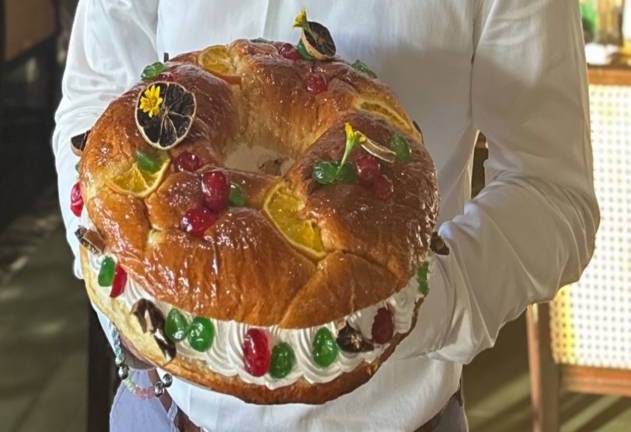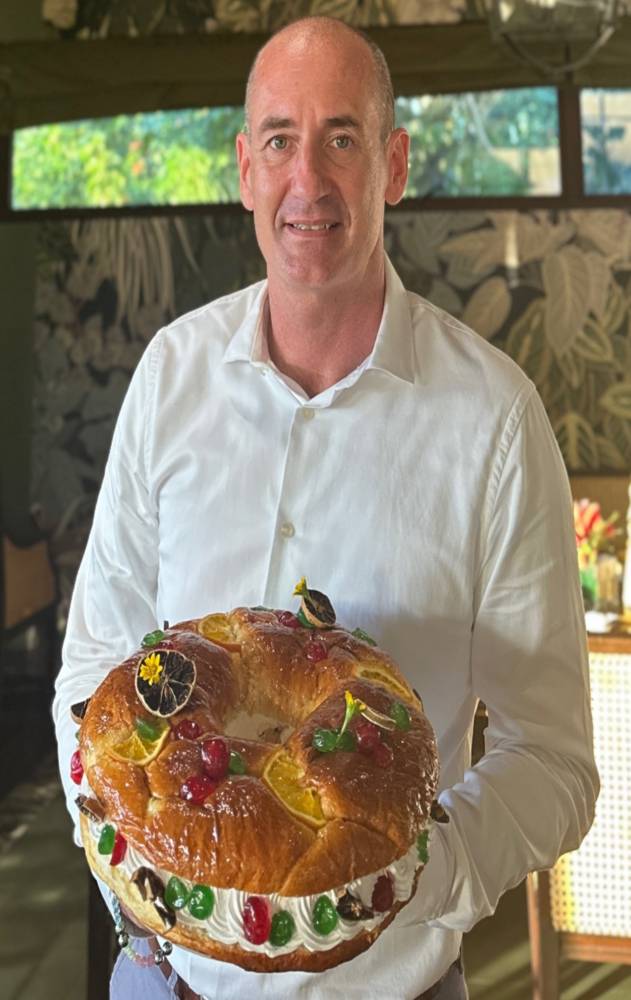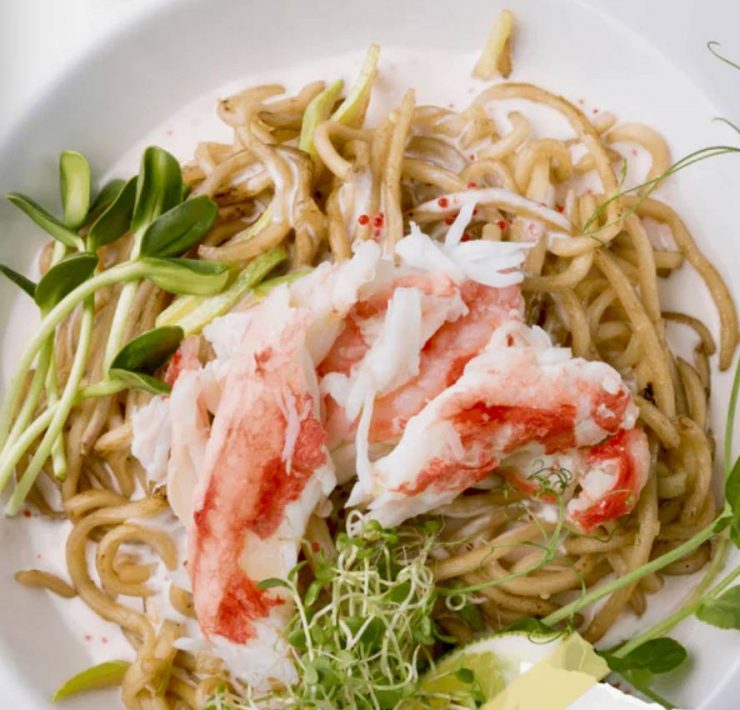Make this majestic cake fit for 3 Kings

Spending time with Fr. Salvador G. Agualada Jr., CMF (whom we fondly call Father Buddy)—president of Saint Anthony Mary Claret College (Claret Seminary), dean of Institute for Consecrated Life in Asia and professor at Loyola School of Theology and Institute for Consecrated Life in Asia—always feeds my soul.
After listening to his beautiful New Year homily, I pulled him aside to ask about the significance of the Feast of Three Kings.
Father Buddy was quick to point out that he would rather call it the Feast of the Epiphany, the reason being that in the gospel of Matthew, there was categorically no mention of the number three. It was assumed based on the number of gifts: gold, frankincense and myrrh. If there were three gifts, so there might have been three givers also.
Neither was it said that they were kings but Magi (astrologers) or wise men.
In the gospel of Luke, the first recipients of the good tidings by the angel that the Messiah was born in Bethlehem were the poor shepherds “who were keeping watch over their flock by night” (Lk 2: 8-19)—they who represent Israel. In Matthew’s gospel, the Magi—who symbolize the pagan world—were led by the star, traveled (most probably) from Persia through the desert to Bethlehem, and found the child, “the king of the Jews” with Mary his mother (Mt 2:2-11).

Relevance
In this marvelous event, which we call the Epiphany (or manifestation), St. Matthew reveals that the baby Jesus is not just king of the Jews, but also and actually king of the world—a Christmas truth that is beautifully depicted in the belen (nativity scene).
Father Buddy went on to expound on the importance and the relevance of the celebration.
He said that in as much as the Magi were led by the star to the manger, to where the Messiah was born, all of us are also called, summoned and beckoned to become a star to one another, to lead each other to Christ—He who is the light of the world.
The challenge, he said, is twofold: that “I” become light in myself, and in becoming so, I illumine not just my own path but also the paths of others in their journeys and pilgrimages to God. With my light, I am summoned to journey with others and brighten their courses in their approach to God.
Kings’ Cake
To celebrate Epiphany, have a taste of Roscón de Reyes or Kings’ Cake, a sweet bread shaped like a crown and ornately decorated.
When I lived in Spain, where the holiday is grandly celebrated, I enjoyed it visually as much as I did partaking of its many variations.
A dear friend of mine, chef and now Anya Resort’s general manager Mikel Arriet, who hails from Andoain, Spain, shares his rendition.
He also shared how they spend the holiday.
On the eve, he said, children left pairs of shoes for the kings to fill with presents; food and drinks were left by the window to refresh them.
At the Arriet home, they would gather in their parents’ bedroom and open gifts in the morning, and have Roscón de Reyes with hot chocolate for breakfast.
Lunch and an exchange of gifts would be at abuela’s on the 6th, where turkey stew and Roscón de Reyes filled with fresh cream were on the menu. Part of the fun is to see who gets the piece of the cake stuffed with a figurine. The one who gets it pays for the Roscon.
Mikel’s Roscon de Reyes
The special bread is baked on the 5th or 6th of January. It is a brioche bread with orange blossom water (agua de azahar).
Masa madre:
- 90 g bread flour
- 50 g milk
- 2 g yeast
- Rosco:140 g masa madre120 g fresh milk
- 340 g bread flour
- 70 g sugar
- 15 g yeast
- Pinch of salt
- 2 big eggs
- 60 g butter
- 2 Tbsp rum
- 2 Tbsp orange blossom water
- Lemon and orange zest
- 5 sliced caramelized orange
- 5 pc cherries, red or green
For the masa madre: Mix bread flour and yeast. Add the milk. Mix all and leave to rest 2-3 hours.
Warm milk with the lemon and orange zest, rum and orange blossom water and set aside.
Mix dry ingredients in a bowl; bread flour, salt, sugar, yeast. Add the masa madre, eggs and milk, mix it all together until you have a smooth and aromatic dough.
Start adding the butter at room temperature to the mix. Leave up to one hour.
Form dough into a big ring. Lay on baking paper and let rest for a few minutes.
Brush with egg wash and decorate with caramelized fruits like orange and cherries, and almonds.
Bake in a preheated oven at 200 degrees, for about 20 minutes. Adjust to 180 degrees and bake for another 15-20 minutes.
Once it is cooked, there are different ways of eating it—with cream, custard, chocolate mousse or, in the morning, just plain with hot chocolate.
Do not forget to insert a little figure inside the Roscón. INQFollow @iamreggieaspiras on Instagram and Facebook; visit reggieaspiras.com.

















